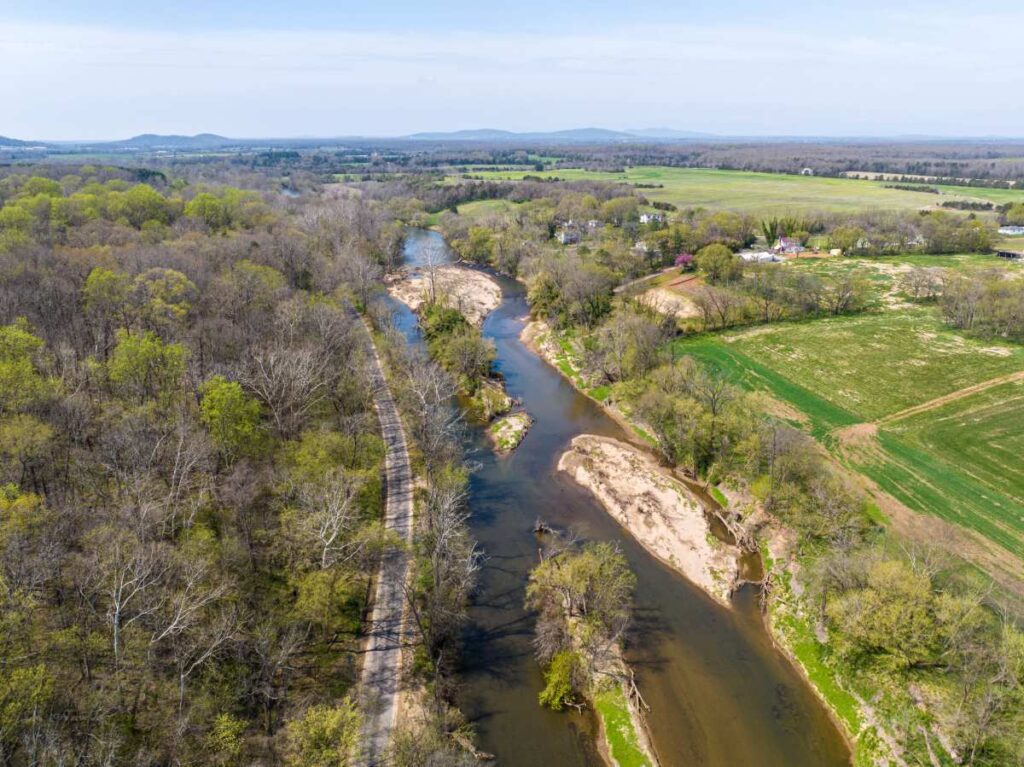This text was taken from an email alert sent out on March 24, 2025. Sign up for email alerts →

Dear Supporter,
Tomorrow, Tuesday, March 25, the Board of Supervisors will have an important work session on proposed changes to the Orange County zoning ordinance. This work session will be the public’s first opportunity to hear the details of what’s being discussed and how the proposed changes could affect farmers, residents and groundwater supply. And although there won’t be an opportunity to make comments on the presentation, strong resident attendance will send the message that the Orange County community cares about this issue and is paying attention.
Board of Supervisors Work Session
Tues., March 25 @ 3 p.m.
11282 Government Center Drive, Orange
The discussion started last fall, when the Planning Commission proposed an amendment to the zoning ordinance that would have re-introduced some needed limitations on subdivisions of parcels in the agricultural zoning district (“ag district”). Also in 2024, the County hired a consulting firm, the Berkley Group, to assess the current zoning and subdivision ordinances for compliance with state regulations and best planning practices. In anticipation of Berkely’s recommendations, the Board sent back the Planning Commission’s proposed amendment and directed the commission to address the ag district subdivision question as part of the broader zoning ordinance update project.
In response, the Planning Commission created subcommittees, each of which included two planning commissioners, to look at six proposed new zoning districts.
- By splitting the existing ag district into two (as referenced in the Comprehensive Plan), the county would create:
- a less dense A1 district, and
- a more dense, transitional A2 district.
- Another transitional district, Rural Residential, would apply to for areas with small rural neighborhoods, but not used for agriculture.
- A Rural Service district would be created for small-scale uses described as “mom and pop” type gas stations, convenience stores or auto mechanics.
- A Technology district would create guidelines for data center development.
- Various overlay districts would be created to add requirements to existing zoning districts for certain sensitive areas.

Current Guidelines are Too Permissive
Because we won’t know any details about the proposed new districts until after the work session, it’s too soon to opine on them in a thoughtful manner. What we know is that the current rules for subdividing rural land in Orange County are more permissive than all neighboring counties and must be tightened. They invite the following problems:
- Stimulates sprawl: Developers are incentivized to buy undeveloped rural land on the chance it can be developed down the road. Unfortunately, this means that developers are buying up land with prime agricultural soils, wildlife habitat, and tree cover to build car-dependent, single-family homes on large lots, which in turn creates the need and expense of expanding County services like schools, water and public safety.
- Intensifies the conversion of farmland: In American Farmland Trust’s “Farms Under Threat” study, “poorly planned development and low-density residential sprawl” were found to continually and “rapidly convert farmland. Low-density residential land use includes scattered subdivisions and large-lot housing, which fragment the agricultural land base and limit production, marketing, and management options for the working farms that remain.”
- Strains groundwater resources: In areas without existing public services, new homes mean new wells drawing out more water from our already limited groundwater resources.
What’s Next?
The Planning Commission’s presentation to the Board of Supervisors will be held virtually and in person March 25 at 3 p.m. It will highlight the proposed new zoning districts and the Berkley Group’s findings from their recently-convened development/real estate and agriculture/agritourism focus groups. Whatever the Board decides to do, transparency and meaningful public engagement is critical and necessary for an outcome that best serves the interests of County residents.
PEC will advocate for:
- protections for prime agricultural soils, water and other natural resources;
- protections for historic resources;
- commonsense, reasonable rules for renewable energy facilities that protect water quality, agricultural and forest land, and scenic resources;
- commonsense, reasonable rules for data centers that require a special use permit, clear definitions for data centers and associated energy infrastructure, and detailed submission requirements for applications;
- and provisions that accommodate affordable housing where appropriate, like for accessory dwelling units.
The entire Orange County zoning ordinance update is expected to take the rest of this year to complete, with a possibility of extending into 2026. We will continue to monitor its progress and inform you along the way.
Your support makes this work possible. Consider becoming a PEC Member for $40 a year and follow us on social media this March Membership Month.
Thank you,
Don McCown
Land Use Field Representative
Orange & Madison Counties
[email protected]
(434) 977-2033 x7047
